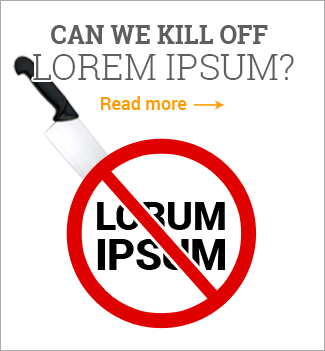Businesses are hard-pressed during this difficult recession. Marketing budgets are being scrutinized more than ever and slashed. Fortunately, there are effective and affordable online tools and technologies to gain a competitive advantage.
To explore new technologies businesses can tap into, Webcopyplus spoke to Robert Bosley, CEO Hoffman Estates, Illinois-based Fusion Corporate Services Inc., which specializes in customized marketing solutions and business profitability.
What is the key to marketing in an economic downturn?
FCS: Not to stop spending on marketing as you not only need to survive but you have a excellent opportunity to increase your market share as more and more companies are searching for ways to improve their business. You need to focus on spending on methods with a higher than average ROI. One of several areas we have achieved success is on cross-media campaign tools for customer acquisition and retention.
Cross media campaigns are those that use multiple media avenues to achieve the multiple touches necessary today to reach the customer or prospect.
Can you give us an example?
FCS: One valuable component of cross media campaigns is highly targeted direct video email messaging.
Please elaborate.
FCS: Let me be clear, we are not talking about static broadcast email blasts. Those can be impersonal and often end up in the spam mailbox. What I am referring to is a patent pending technology that has a proven track record. Clients normally experience view rates from 30% to 62%, compared to the typical response rate of 1% to 3% with a direct mail campaign.
This technology is a self-opening email that will communicate your message with video and sound with a much greater retention and action rate than standard email. Furthermore, and also very important, is the ability to provide you with the analytics to measure the effectiveness of the message and the ability to modify your campaign. You can see who opened, watched, explored, forwarded, and responded to each email communication.
Can you name some industries that have used this technology with success?
FCS: Manufacturing, wholesale, healthcare products, medical equipment, entertainment, gift giving, non-profit organizations, insurance, employee recruitments, newsletters to name a few. Also, banks and credit unions, universities, hospitals, sports teams, and radio or television stations are excellent candidates.
Is this method expensive?
FCS: It really is not, in many ways. For example, it requires no software investment or IT expertise on the client’s end because the program runs from the vendor’s servers. Furthermore, one measure of success is outcomes so mailing list size is not crucial to the success of the program. Also, it costs virtually nothing to send the message out two or three times.
This tool can be an excellent link to websites; it can qualify recipients for direct mail; and it can help salespeople target the most interested prospects. It can help your overall marketing and communication strategies.
To learn more, about cross media campaigns, you can visit Fusion’s website at www.fcs.us.com or contact Robert directly at robertb@fcs.us.com.
 It’s one thing to learn about nature in a book. It’s quite another to see mother nature and its amazing creatures up close.
It’s one thing to learn about nature in a book. It’s quite another to see mother nature and its amazing creatures up close.




